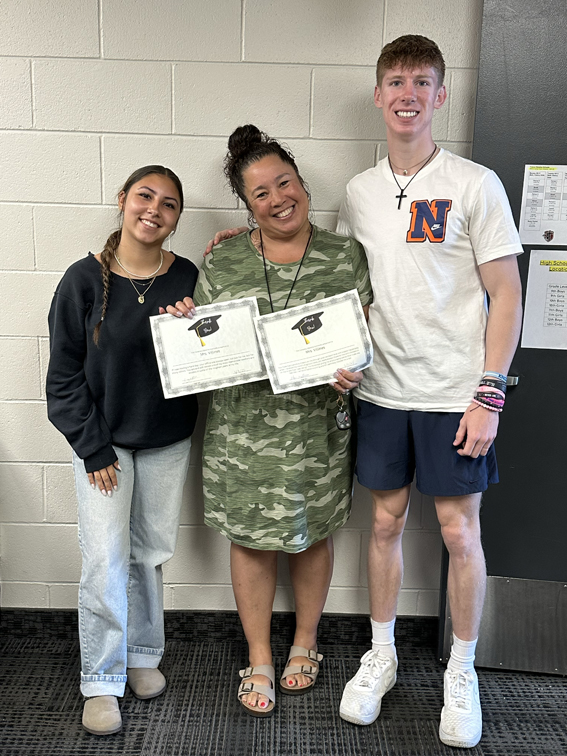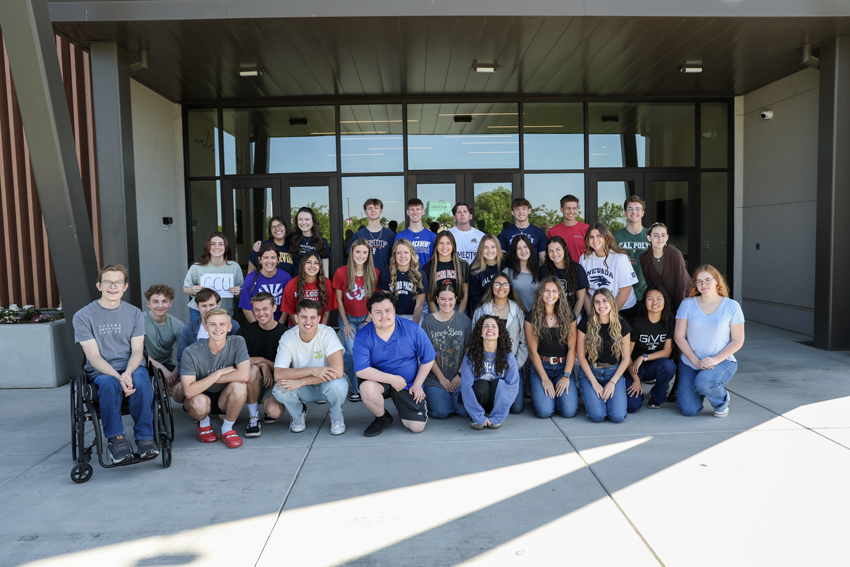California experienced one of its driest years on state record in 2013, with various parts of the state receiving only 3.6 to 6.1 inches of rain in the entire year, compared to the normal 15 to 23.6 inches that usually fall. Thus far, January of 2014 has not been any better, promising an even drier year for California.
This shortage of precipitation prompted state governor Edmund G. Brown to declare an official statewide drought emergency, Jan. 17.
Record-low conditions are affecting industries from all over the state and threatening the existence of some species of river-dependent plants and animals. This also puts at risk the businesses of farmers statewide, lowers state lakes and reservoirs to as little as 30 percent of their normal levels, dramatically increases fire hazard and even decreases drinking water supplies in some communities.
John Nale, owner of Nale Farms in Fresno and Kerman, says that the drought has not affected the business’ crops all that much as of yet.
“As of today, we have had a minimal cost to us right now,” Nale said. “The cost to me has been one or two irrigations more than what we’re pumping from ground water. Cost-wise, it’s minimal, and lack of water would not make or break a person right now. The truth is, we have not come to feel the effects of this lack of water yet.”
In the last year, California has received only one-fourth of the average yearly rainfall. Consequently, the Sierra Nevada snowpack, one of California’s primary sources of water for the spring and early summer, measured less than 20 percent of its normal amount for this time of year. Although farmers may be feeling minimum effects at this time, this will create serious problems for them in the long run, as there is only so much water in reserve.
“On the farm, they won’t even deliver because there’s no water to deliver,” Nale said. “That’s why there will be a pumping of ground water, but that can only go on for so long. Once that ground water table drops, it’s just unaffordable for us to continue to do this. These years happen, and you just hope that it’s not a long, long period of time.”
In addition to threatening the agricultural industry in California, the drought has also greatly increased the fire hazard. Drought was just declared a couple of weeks ago, but Koby Johns, Fresno Fire Department (FFD) Public Information Officer, says that the fire department began feeling the effects of the water shortage even before summer of 2013.
“We’ve already begun seeing the effects from the lack of rainfall,” Johns said. “We see this predominately in the existence of grass fires in January. Normally we’re not fighting grass fires until the end of May, but last year we began seeing them on a wide scale in April. Last year from December through January we responded to five vegetation fires, whereas for the same time frame this year we’ve responded to 24.”
Already the drought has given rise to conflagrations like the Rim Fire of September 2013, which started as a small illegal campfire and became the third largest wildfire in California history, burning almost 200,000 acres of dry grass and brush. According to Johns, the danger of fires can only get worse with a continued lack of rain.
“We anticipate the fire hazard to be extremely high this summer,” Johns said. “We’re going on four years without substantial rainfall. This past summer we saw a wildfire in Yosemite (the Rim Fire) grow to become one of the biggest wildfires in California history. This is directly proportional to the drought. We expect worse conditions this summer if the rain doesn’t start falling.”
Effects have perhaps been more visible for farmers and even firefighters, but civilians have not remained untouched by the drought either. In some communities across the state, water shortages have begun to threaten even supplies of drinking water.
Ashley Swearengin, Mayor of Fresno, says that although Fresno citizens have not seen their water supply threatened in this way, they are already experiencing the effects of the water deficiency.
“Residents in the City of Fresno are seeing their monthly water bills go up as a result of water shortages and our city’s long-term, over-reliance on ground water,” Swearengin said. “It may not sound like a lot of money to some, but City residents will see their water bills, on average, go up to $43 per month. For residents who are low income or on a fixed income, increases like this are very difficult.”
According to Nale, in order to keep their farms, farmers will eventually have to return from the tree crops that have become so popular in the Valley to crops that require less water, such as grapes and vines.
“As the cost of water goes up, the crops that take more water will not be farmed, and we will go back to the crops that are low-water demand,” Nale said. “When the cost of water becomes prohibitive, then people will change what they’re growing. It’s an economic decision every farmer is going to have to make, or stop farming in the Central Valley.”
In order to conserve the state’s water supply for the maximum amount of time, state government is asking Californians to limit their water usage by 20 percent. This request has been extended to all citizens of California, and students are encouraged to take their place in the conservation effort as well.
Senior Annalise Rosik realizes that conservation will take effort from everyone.
“It is going to be hard to consciously use less water in everyday life,” Rosik said. “It is hard to remind yourself of the importance of taking shorter showers or turning off faucets quickly when the drought may not feel like it affects you.”
Despite the difficulty of being aware of the water she is using, Rosik has made an effort to save as much water as possible.
“I’m already trying to use less water throughout my day,” Rosik said. “Even if I am using it, I’m trying to be conscious not to waste it. Something as simple as not letting the water run while you brush your teeth or wash the dishes can help conserve water that is scarce right now in Fresno.”
Swearengin hopes that students will realize the importance of their efforts to conserve. Even though each student can make a difference for the water supply.
“Every little bit of conservation helps,” Swearengin said. “It all adds up. Shorten your showers. Tell your parents if you notice a leaky faucet inside or outside your house or if you notice a toilet running constantly. Those small actions will make a big difference. If we do our part today, we can secure our water future.”
This writer can be reached on Twitter at @JennaWeimer42. Follow The Feather via Twitter: @thefeather.
For more information on the drought conditions and conservation measures, see Brown’s official drought declaration.
For more news, see the Jan. 24 article,






